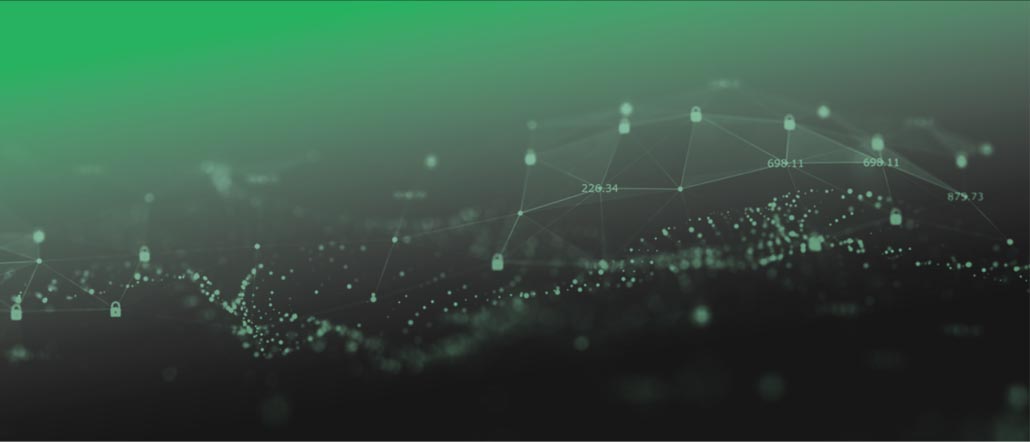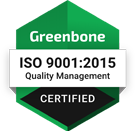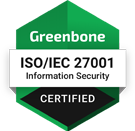Data Security
Reading time: 7 minutes
What is Data Security?
Data Security has become a top priority, since the strict data protection directives have been in force in Europe – all the more so as attacks on IT systems have greatly increased in number and harmfulness. Jan-Oliver Wagner, CEO of Greenbone, talks about the challenges for IT managers and the most efficient data security strategies.
Table of Contents
- What role does Data Security play today, following the introduction of the GDPR?
- What are the most common threats that companies and institutions face today in terms of Data Security?
- How does the threat situation in terms of Data Security differ between companies and government institutions?
- The requirements for Data Security in companies have increased significantly. Which aspects of Data Security should companies tackle first?
- What measures have proven successful in companies to improve Data Security? Are there differences between large and medium-sized companies?
- What are the most common mistakes you see companies making in terms of Data Security and how can they be avoided?
- How would you categorise the importance of vulnerability management tools in a company’s Data Security strategy?
- Why should companies favour open source-based tools when it comes to securing their data?
- Which new trends or technologies do you consider to be forward-looking in the area of Data Security?
- How can companies prepare for future challenges in Data Security?
Dr. Jan-Oliver Wagner
Co-Founder
of Greenbone





